Hydrogen Peroxide: Safe Uses & Benefits
Updated Apr. 11th, 2024 | Read Time: 3 Minutes | What You Will Learn:
- What Is Hydrogen Peroxide?
- Key Uses For Hydrogen Peroxide
- How Does Hydrogen Peroxide Work?
- Different Ways To Use H2O2
Hydrogen peroxide is commonly known as a disinfectant. I remember my mom putting it on my cuts and scrapes as a kid and while it never was painful, I do remember the bubbling reaction that seemed to indicate it was working. Nowadays, H2O2 is being used for more than minor first-aid needs and cleaning around the house.
What Is Hydrogen Peroxide?
It is a chemical compound commonly found in dilute concentrations and is most often found in pharmacies. The scientific name for hydrogen peroxide is H2O2, which means it is made up of hydrogen and oxygen. It is a colourless liquid, which is slightly more viscous than water and is available in dilutions with water of 3%, 6% and 35%. You can only purchase diluted H2O2 because it is a highly reactive substance when it is not dilute. At 90% concentration, it is used as an oxygen source for rocket fuel!
Key Uses For Hydrogen Peroxide
Most people keep hydrogen peroxide in their first aid kits and use it for cleaning around the house. However, people are using H2O2 for more than that.
H2O2 is a mild antiseptic and can be used externally on the skin to prevent infection of small cuts, scrapes and burns. It should not be used on deep wounds or serious burns because hydrogen peroxide can damage the delicate tissues below the skin, which overrides the benefits of its antimicrobial action. H2O2 is also commonly used as a mouthwash to disinfect and reduce minor mouth irritations like gingivitis, canker sores and cold sores. It can help relieve bad breath and minor toothaches too. It is also used to whiten teeth – you can mix it with baking soda and salt for homemade toothpaste. 1-2 drops in the ear can relieve outer ear infections as well.
Internally, dilute amounts of hydrogen peroxide have been used as an antimicrobial against the flu, common cold, intestinal parasites and bacterial overgrowth.
How Does Hydrogen Peroxide Work?
H2O2 is unique because it contains oxygen. One of its oxygen atoms is easily released when hydrogen peroxide comes in contact with various substances. This results in the release of an oxygen atom and a water molecule. It is believed by many scientists and health practitioners that H2O2 works through its release of oxygen. The oxygen released is considered an oxidant, which is very reactive and can destroy harmful bacteria, viruses, fungi and parasites. We know that our bodies create H2O2 as part of our immune response to pathogens. If you have ever put H2O2 on a fresh cut, you've seen the bubbling that occurs from the release of oxygen when hydrogen peroxide comes in contact with blood.
Different Ways To Use H2O2
You can purchase diluted H2O2 in 3%, 6% and 35% concentrations. 35% hydrogen peroxide should be diluted with water before using internally or topically. A temporary white skin reaction and irritation will occur with 35% concentration, which can feel like a burn. It does go away on its own in a few hours, but you should be careful when handling higher concentrations of H2O2.
Food grade H2O2 is the best to use internally and for brushing your teeth because non-food grades contain stabilizers which should not be ingested. Food-grade hydrogen peroxide is most often available only in 35% concentration, so be sure to dilute it with water first. H2O2 should be diluted to less than 10% hydrogen peroxide for internal use and external use. Dilutions higher than 10% have been associated with adverse effects like neurological reactions, damage to the gut and even death.
At 3.5% concentration, H2O2 will kill most microbes.

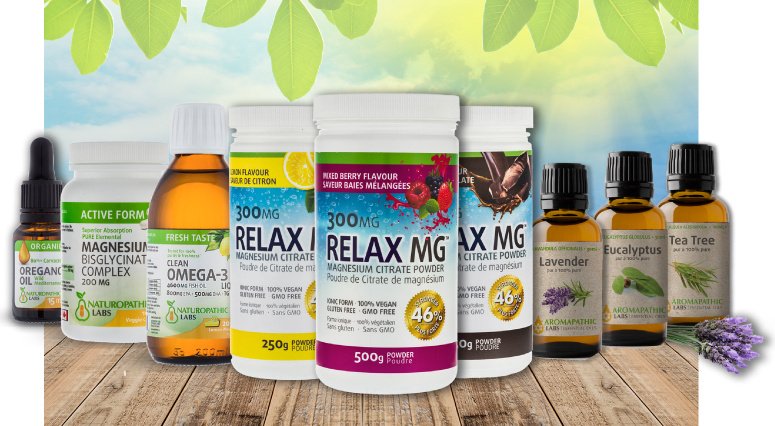
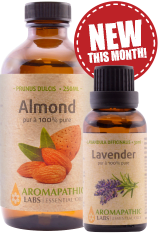
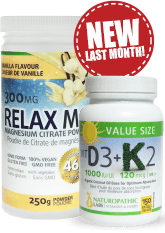


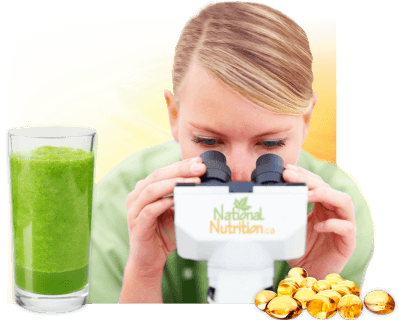











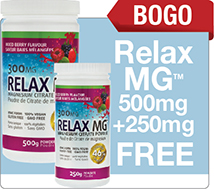
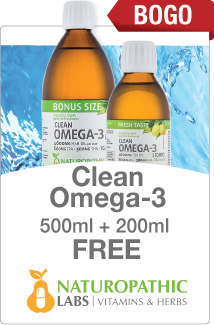


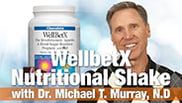
We buy food grade 29% H2O2 at our Health Food store and then dilute it to a 3% concentration. Food Grade is definitely preferable when using H2O2 on food or eating prep surfaces. We use it for everything. Wash veggies with it, wash our sprouts (we have a sprout grow-op) through the sprouting process to inhibit unwanted bacteria and fungus. We wash counters and bathroom with it. You know it’s working when surfaces start bubbling away! We make mouth wash with a little peppermint EO (Essential Oil) We make a First Aid spray with a 3% H2O2 solution, Tea Tree EO, Lemon EO and Lavender EO. Recently we have been cleaning cottages at a resort. We created a 3% H2O2 solution with Thieves EO. We spray all the surfaces in the cottages and leave it for 15- 20 minutes. No outbreaks here and leaves everything smelling wonderfully. It also works very well as a sanitizer without all the destructive and damaging consequences of alcohol. It is GOOD stuff!
I had no idea that HYdrogen Peroxide was ever used in the homeopathic treatment of cancer. I have often done an oral rinse for good mouth health and it really helps with mild mouth sores eg. canker sores. I do use it to sanitize my kitchen and bathroom. I like that it is readily available and inexpensive at any local drug store. After reading the previous comment, I will look for the more potent variety and dilute. Heard it is good for skunk on dogs also...
Hello Paula,
We're glad you learned something new from our article, we work hard to make our articles knowledgeable. If you've been enjoying our articles, you will also like our youtube channel.
https://www.youtube.com/channel/UClBjYPog9j0VY0gcIt-Tq2Q
Have a healthy day ?
This is an item that you should never be without. So many multiple uses, like a mouthwash, first aid treatment, taking blood stains from clothing, and just a cleanser for counter tops etc.
Hello Sharon,
Indeed, there are many uses for hydrogen peroxide! This natural health product pairs well with Vitamin C, Echinacea, Zinc, you can learn more about those supplements in our other articles:
https://www.nationalnutrition.ca/articles/supplements/
Stay healthy & well!
how much is a dose of hydrogen peroxide? and how often should it be taken?
Hello Jill,
Thank you for your question. You can purchase diluted hydrogen peroxide in 3%, 6%, 9% and 35% concentrations.
3% Hydrogen peroxide is typically used topically as an antiseptic, while concentrations of 6, and 9% are typically reserved for bleaching hair.
If you are considering using hydrogen peroxide internally (i.e. for teeth whitening or for canker sores) you should use only food-grade hydrogen peroxide because non-food grades contain stabilizers which are not appropriate for ingestion.
Food grade hydrogen peroxide is available only in 35% concentration, which must first be diluted with water. It should be diluted to less than 10% hydrogen peroxide for both internal use and external use. And it’s crucial to note that dilutions higher than 10% have been associated with adverse effects like neurological damage, damage to the gut and even death.
Aim to purchase an optimal 3% food-grade concentration (which will then be diluted again with water before use).
For any other internal use of hydrogen peroxide, it’s important to speak to a qualified health care practitioner to obtain case-specific recommendations.
For topical use, you can easily find solutions on the shelf.
Stay healthy & well!
Can I take food grade peroxide while on antibiotics for a UTI?
Hello, Kim,
Thank you for your question, we would suggest speaking with your health care practitioner to see if there would be any contraindications with the specific medication you're taking.
Have a healthy day!